You can have similar functionality by using extensions and enums.
Using enums allows you to avoid typos and benefit from Xcode's autosuggest/autocomplete.
Example for UIImage:
extension UIImage {
enum ImageId: String {
// These are your images NAMES,
// as in "SpriteMonster.jpg"
case SpriteMonster, SpriteHero, BaseLandscape
}
convenience init!(id: ImageId) {
self.init(named: id.rawValue)
}
}
Usage:
let monster = UIImage(id: .SpriteMonster) // the "SpriteMonster.jpg" image
For this example I'm force-unwrapping the convenience init, so be careful to actually have the image with the correct name in your bundle.
For String:
extension String {
enum StringId: String {
case Welcome = "Welcome to the game!"
case GameOver = "You loose! Game over!"
}
init(id: StringId) {
self = id.rawValue
}
}
Usage:
let label = String(id: .Welcome) // "Welcome to the game!"
For fonts:
extension UIFont {
enum FontId {
case HelveticaNeueLarge
case HelveticaNeueMedium
case HelveticaNeueSmall
func font() -> UIFont {
switch self {
case .HelveticaNeueLarge:
return UIFont(name: "HelveticaNeue", size: 18)!
case .HelveticaNeueSmall:
return UIFont(name: "HelveticaNeue", size: 12)!
default:
return UIFont(name: "HelveticaNeue", size: 14)!
}
}
}
class func get(id: FontId) -> UIFont {
return id.font()
}
}
Usage:
let font = UIFont.get(.HelveticaNeueLarge) // <UICTFont: 0x7ffd38f09180> font-family: "Helvetica Neue"; font-weight: normal; font-style: normal; font-size: 18.00pt
These are only examples to demonstrate the concept, you can go much further with this.

